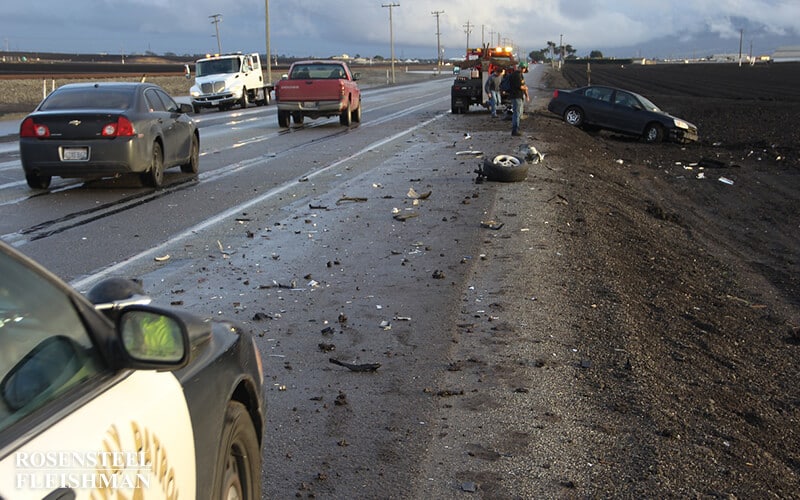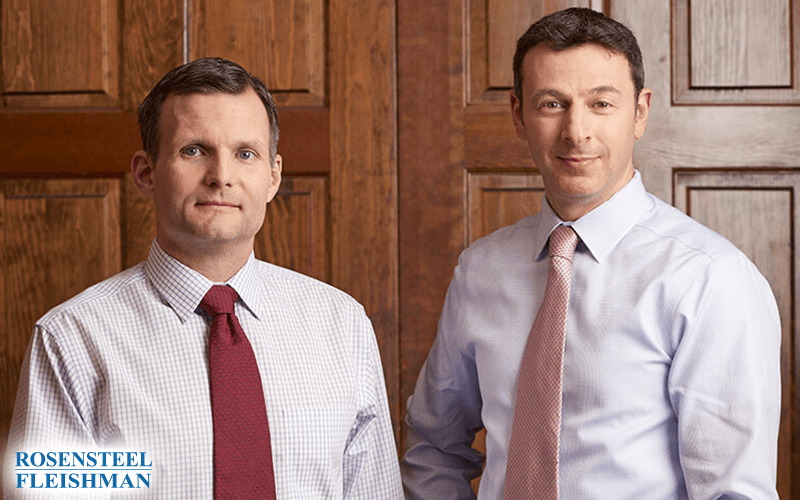After a motorcycle accident, life can feel turned upside down in an instant. You might be dealing with painful injuries, mounting medical bills, and the stress of figuring out what comes next. Many people feel overwhelmed in those first few days and weeks, especially if they’re unsure whether they have a legal case or what […]

Negligently Constructed or Maintained Roadway Claims
Driving throughout the city of Charlotte you may have noticed all the bumpy roads, road work signs, construction cones, and broken pavement. Overall, these road conditions, markings and signage, can create an unreasonable risk of harm to yourself and to your property. The roadways and highways in North Carolina are supposed to be reasonably maintained and free of unreasonable risk to motorist. Oftentimes, however, with a number of ongoing projects in the Queen City, government and private entities are incapable of designing, constructing, or maintaining the roads in a reasonably safe fashion. If injury to person or property, or even death, results from poor or sub-standard road conditions, you may be entitled to compensation for the damages you incurred.
The state and local government have an obligation to maintain the public roads and highways free of hazards, especially those that may cause an unreasonable risk of harm to motorist. When the government fails to adequately maintain the public roads and highways, and this failure is the proximate cause to an accident and resulting injuries, a personal injury claim can arise.
An area like Charlotte, where there are construction projects and developments at every corner, there is often roadside hazards and conditions that create critical conditions for drivers. Common road conditions that can contribute to damage to person or property include broken pavement, overly exposed potholes, inaccurate or damaged traffic signs, inappropriate road markings, poor landscaping, and/or blind curves. In addition, improper passing zones, inadequate markings at a construction zone, or faulty traffic signals. If the public roadways are not properly maintained, or adequate warnings are not provided to advice of the potential risk of harm, then the responsible party may bear liability.
The key to proving claims of this nature is determining who the responsible party is, and whether they had a duty, and failed to fulfill that duty. The responsible party can include public or private entities. A public entity could include the federal, state, city, or a public agency. Oftentimes, state and local government are given a reasonable amount of time to discover unreasonably dangerous conditions and an equally reasonable amount of time to actually repair any dangerous conditions. Typically, dangerous road conditions are discovered by the government through individuals reporting a dangerous condition, or by conducting routine surveys of the public roadways. Therefore, if the respective government entity does not have knowledge of the condition or has not had a reasonable amount of time to repair it, imposing liability may be unsuccessful. This of course is not the case if the government has had enough time to discover the condition, or should have known of the condition. In other words, the danger was conspicuous enough and existed long enough that by exercising ordinary care, the government should have discovered and corrected or warned of the condition. In such a case, knowledge is then imputed upon the government or responsible party.
Other responsible parties can include private entities or property owners. Roads that are privately owned are still held to a standard to maintain the roadways in a reasonably safe condition for persons or property. This also includes private developers. If a construction site creates unreasonably dangerous conditions on the roadways and highways, such as obstructing the view of drivers, inaccurate traffic signs, objects and debris in the road, and/or inadequate warnings, the developer may be at risk of liability.
The specifics facts and circumstances surrounding an accident involving unreasonably dangerous road conditions are critical to a successful claim. For instance, an object left in the middle of the road is surely dangerous, however, whether the object creates an unreasonably dangerous condition will depend upon a number of factors. In many cases, the issue of whether the condition is unreasonably dangerous depends on expert testimony. An experienced attorney will gather evidence regarding prior and subsequent collisions if the incidents are factually similar to the Plaintiff. Evidence such as crash data can be useful to establish that the particular hazard is unreasonably dangerous, that it caused the collision and related injuries, to prove notice, and that the named Defendant had knowledge of the generally dangerous nature of the road.
If, however, there are no formal complaints about the particular hazard, some may use evidence of the reputation of the area of the road to show notice. A party that is responsible for inspecting, locating, removing and/or protecting roadside hazards, should have known of the hazard in question if the hazard is notorious and conspicuous. In many ways, this sort of evidence, in part, presumes that the named Defendant, a member of the community, will know what others in the community know.
Nevertheless, the claim should be supported by sufficient details regarding the hazardous road condition, weather, and related factors that may have contributed to the accident. Because North Carolina is a contributory negligence state, evidence that proves the Plaintiff contributed to his or her injuries may be introduce to prevent the charges from being upheld against the named Defendant. Absent any evidence of contributory negligence, a Plaintiff may request other government survey records to determine whether the appropriate government authority was already aware of the dangerous conditions and for how long. Further, a police report at the time of the incident may be useful to produce an official record of relevant information such as the characteristics of the dangerous conditions (i.e., size and depth of a pothole), the exact location of the condition, direction you were traveling, names and contact information of any witnesses, and perhaps help to identify who the responsible party is.
There is another subset of these types of claims dealing with negligent notice of construction. Hundreds of motorists and workers are injured every year because of either driver inattention or improper warnings or flagging. The NC DOT has a manual which lays out the legal standard (requirements) for construction companies doing work on or next to public roads. These entities are required to place notices and in some instances flaggers to warn the public about the construction. This includes warnings about construction vehicles themselves. If you or a loved one believe unreasonably dangerous road conditions are the cause of your injuries, contact the experienced us. You will speak directly with a personal injury lawyer who can best discuss your case and go over your options. There is no fee for the initial consultation.
Additional Personal Injury Articles
A dog bite can be more than just a painful experience. It can leave lasting physical and emotional scars, especially when it happens unexpectedly during a walk in your neighborhood or while visiting a friend’s home. You might be unsure what to do next. Should you report it? Who’s responsible? Medical bills start to pile […]
Getting into a car accident can throw everything into chaos in a matter of seconds. Whether it’s a fender-bender or something more serious, the moments afterward are often filled with questions, stress, and uncertainty. You might be wondering what your next move should be, especially if the damage is more than just physical. If you're […]
It’s completely normal to feel overwhelmed after being in a bicycle accident. Between physical injuries, damage to your bike, and the emotional toll, the last thing you want to deal with is confusion about what comes next. If you're in Charlotte and considering speaking with a lawyer, it’s helpful to know what that process looks […]
